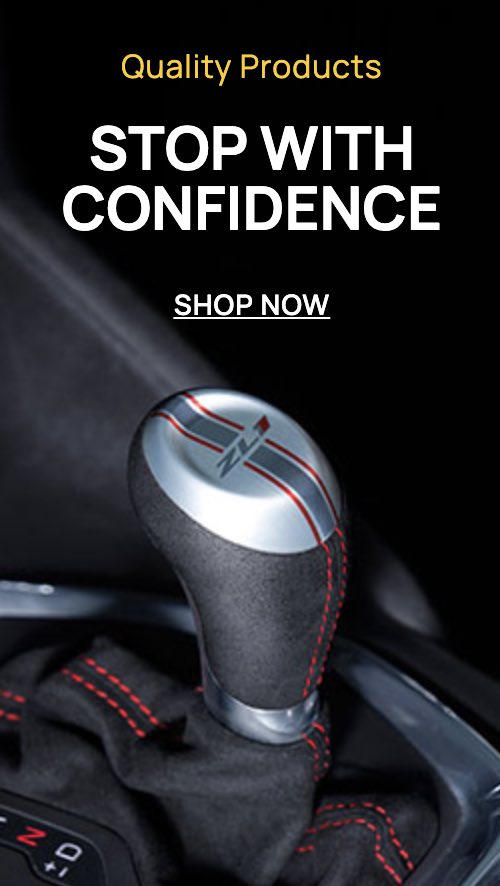
News
The Use Of Mobile As A Tool To Drive Whole Sale Business Growth
2023-04-03
We’ve added C11 and DTP classification to select 7P and 8P screens!
You may have noticed the new additions to our iPhone 7 Plus and iPhone 8 Plus line-up. These are new AA and incell options labeled DTP (LG) and C11 (Toshiba). If you’re new to the iPhone repair industry, you may not have come across these codes yet. However, since 7 and 8 series repairs are more common than they used to be, it’s important to be aware of these codes in order to get the correct part for your repair.
What do these terms mean?
These codes are actually part of a longer set of serial numbers (typically the first 3 characters) printed on the back of OEM displays and are specific to the manufacturer who made the display.
Codes by Manufacturer:
Toshiba: C11, F7, FVQ
LG: DTP, C3F
Sharp: DKN, C0N, GSY
The screens we stock only use the C11 and DTP labels, but you may see the others on the devices you work on.
A C11 (Toshiba) iPhone LCD, with its serial number stamped at the bottom end of the display. Image via webuylcds.
Why do these codes matter?
While the screens are all developed for the same device (like the 8 Plus, for example), each screen manufacturer uses different touch configurations, which are then calibrated to the phone during assembly. When performing a screen replacement, it’s important to purchase a screen that matches the manufacturer of the original OEM part in order to avoid the chance of touch issues developing after the repair.
It should also be noted that touch issues may not always develop, since calibrations vary. When mixing and matching screens, the probability of touch issues can differ, depending on how the parts are mixed. Exact numbers vary depending on the source, but here is a brief summary of what is known.
Probability of Touch Issues:
Toshiba LCD on Sharp-calibrated phone: 5%
Sharp LCD on Toshiba-calibrated phone: 5%
Toshiba/Sharp LCD on LG-calibrated phone: 50-60%
LG LCD on Toshiba-calibrated phone: 10%
Additionally, issues can be complicated further by some display refurbishers who mix and match touch panels and LCDs during the refurbishment process. Imagine the possible problems if you had a Toshiba touch panel paired with a Sharp LCD and installed onto a LG-calibrated phone!
The bottom line- try to match a replacement screen to the manufacturer of the original. That way you can reduce the chances of problems developing. So for example, if the original was a C11 screen, replace it with a C11 screen.
You may have noticed the new additions to our iPhone 7 Plus and iPhone 8 Plus line-up. These are new AA and incell options labeled DTP (LG) and C11 (Toshiba). If you’re new to the iPhone repair industry, you may not have come across these codes yet. However, since 7 and 8 series repairs are more common than they used to be, it’s important to be aware of these codes in order to get the correct part for your repair.
What do these terms mean?
These codes are actually part of a longer set of serial numbers (typically the first 3 characters) printed on the back of OEM displays and are specific to the manufacturer who made the display.
Codes by Manufacturer:
Toshiba: C11, F7, FVQ
LG: DTP, C3F
Sharp: DKN, C0N, GSY
The screens we stock only use the C11 and DTP labels, but you may see the others on the devices you work on.
A C11 (Toshiba) iPhone LCD, with its serial number stamped at the bottom end of the display. Image via webuylcds.
Why do these codes matter?
While the screens are all developed for the same device (like the 8 Plus, for example), each screen manufacturer uses different touch configurations, which are then calibrated to the phone during assembly. When performing a screen replacement, it’s important to purchase a screen that matches the manufacturer of the original OEM part in order to avoid the chance of touch issues developing after the repair.
It should also be noted that touch issues may not always develop, since calibrations vary. When mixing and matching screens, the probability of touch issues can differ, depending on how the parts are mixed. Exact numbers vary depending on the source, but here is a brief summary of what is known.
Probability of Touch Issues:
Toshiba LCD on Sharp-calibrated phone: 5%
Sharp LCD on Toshiba-calibrated phone: 5%
Toshiba/Sharp LCD on LG-calibrated phone: 50-60%
LG LCD on Toshiba-calibrated phone: 10%
Additionally, issues can be complicated further by some display refurbishers who mix and match touch panels and LCDs during the refurbishment process. Imagine the possible problems if you had a Toshiba touch panel paired with a Sharp LCD and installed onto a LG-calibrated phone!
The bottom line- try to match a replacement screen to the manufacturer of the original. That way you can reduce the chances of problems developing. So for example, if the original was a C11 screen, replace it with a C11 screen.
Subscribe for our latest Updates
Stay up to date with the latest news, announcement and articles.- Contact Us
- Daluxia Village, Wumen Town, Taizhou City, Zhejiang Province China 31000
- 86-0576-62162348
- sales@sem-cms.com
- semcms
- 13812345678
- 13812345678
My Cart ( 0 )
- sales@sem-cms.com
- 1181698019
- 86-0576-62162348
- 86-0576-62162348

 EN
EN
